To move up the value ladder such as pre-design and advanced manufacturing, the biggest challenge is to fill the talent gap and build a systemic strategy, which requires coordinated action between the Government, businesses and educational institutions.
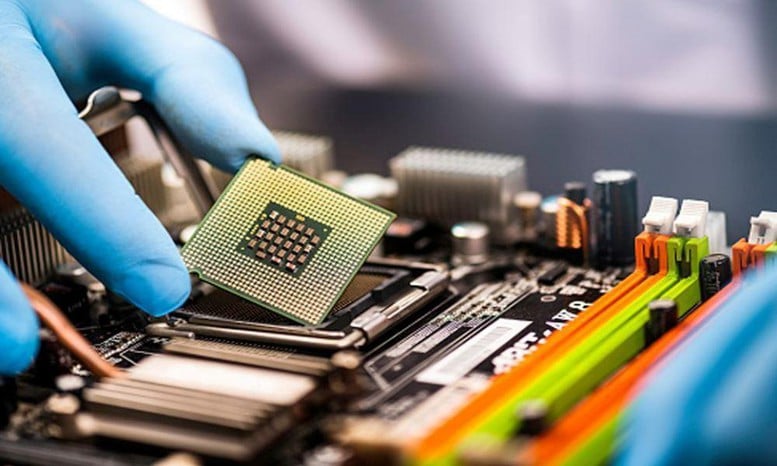
Talent bottlenecks and the limits of post-production design
Although Vietnam has become a destination for many of the world’s leading technology corporations, the current readiness of the semiconductor industry is only reflected in the assembly, testing and packaging (ATP) segment. According to the latest report from the World Bank, Vietnam is still at the low end of the global semiconductor supply chain. Although it has established capabilities in the post-design segment, which mainly includes physical deployment and verification testing, this segment is increasingly at risk of being automated by AI.
Dr. Bui Xuan Minh, Head of the Semiconductor Design and Industry 4.0 Research Group at RMIT University Vietnam, pointed out a critical limitation: “We still do not have a domestic semiconductor wafer fabrication plant. This limits Vietnam’s ability to move into high value-added segments such as chip design and advanced manufacturing.”
According to technology experts, to move up the value ladder, especially in pre-design, the segment with the highest added value and requiring the most R&D, Vietnam will face a huge talent gap in both quantity and quality. The problem is not just the need for more talent, but talent of a different caliber. Accordingly, the educational requirements will increase significantly, with about a third of job positions recruited in pre-design enterprises requiring a postgraduate degree.

However, there is still a gap in the actual skills and expertise of talented people. Meanwhile, job vacancies often require practical experience in the entire IC design process and in-depth methodologies, which are lacking in Vietnamese graduates. In particular, artificial intelligence (AI) and machine learning (ML) capabilities are increasingly required, even for hardware engineers, but Vietnamese higher education institutions have not yet equipped their graduates with this expertise.
These challenges stem from four systemic barriers, including a weak postgraduate education and faculty development cycle, persistent underinvestment in higher education and R&D, weak links between higher education institutions and industry, and gaps in research and innovation infrastructure. In addition, the phenomenon of “brain drain” continues, with many of the best graduates seeking to pursue doctoral studies and then remaining abroad.
Three directions and solutions to activate innovation
To address the situation of Vietnam's semiconductor industry being "stuck" at the end of the value chain, the World Bank's research team analyzed and proposed that Vietnam could follow three strategic directions to improve its position.
The first direction is to continue to expand post-design. However, to make a leap forward, Vietnam needs to move to pre-design, develop intellectual property (IP) on indigenous ICs and full system-in-chip products, bringing high-value design work and copyright revenue. The third direction is to leap forward to advanced packaging, applying modern technologies such as 2.5D/3D IC stacking and System-in-Package (SiP) technology.
To kick-start the cycle of innovation and technology talent, Vietnam needs to rapidly expand its talent supply and deepen its capabilities. This requires a coordinated systemic strategy between the Government , businesses and universities. Dr. Bui Xuan Minh warned that without substantial investment in human resources, infrastructure and intellectual property protection, we risk missing out on a golden opportunity.
Regarding policies and infrastructure, Dr. Bui Xuan Minh said that the Government should play a leading role in building preferential policies and technical infrastructure; at the same time, invest in a national semiconductor manufacturing plant, strengthen intellectual property protection and technology transfer agreements with leading corporations such as TSMC or GlobalFoundries. Vietnam should also invest in national shared infrastructure, open access for higher education institutions and start-ups to use the lab.
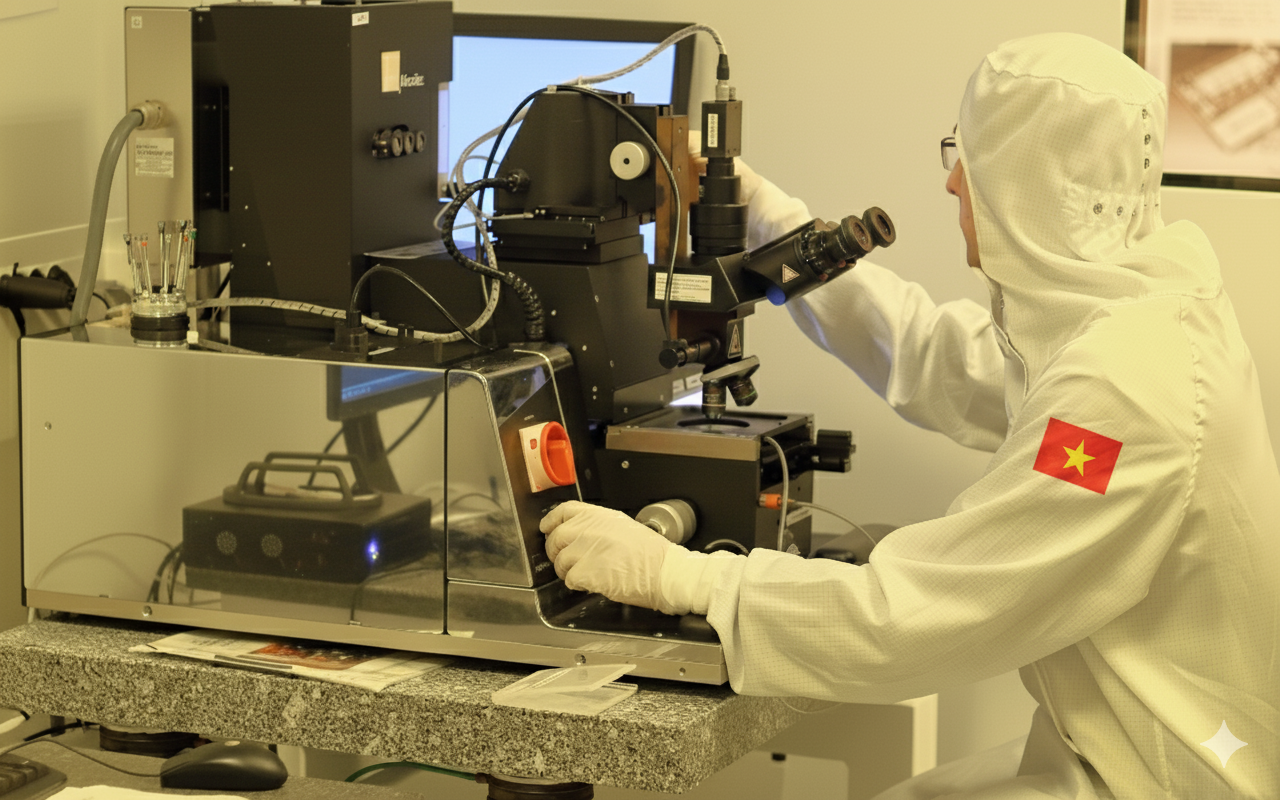
steady progress. Illustration photo
On the other hand, Vietnam also needs solutions that focus on filling the talent gap, including granting post-graduate scholarships for high-tech fields, implementing programs to attract and retain global technology talent with special incentives. Along with that, it is necessary to modernize university training programs through coordination with businesses. Dr. Minh commented that building a close link between academia and businesses to train human resources ready for real work is necessary.
In addition, Vietnam also needs to promote the linkage between higher education institutions - enterprises - Government and the spillover effects of FDI through technology clusters, this is an important solution. Accordingly, Dr. Minh proposed promoting cooperation between Vietnamese enterprises such as Viettel, FPT with the world's leading semiconductor corporations such as Intel, Samsung, Cadence, Synopsys, TSMC, thereby jointly transferring knowledge and technological advances.
From the perspective of startups, Mr. Duong Minh Tam, Vice President of the Ho Chi Minh City Semiconductor Technology Association, emphasized that Vietnam needs to synchronously deploy four groups of solutions to promote startups, including encouraging investment in establishing units and service organizations connecting three main areas of semiconductor technology, including design - manufacturing - packaging and testing.
According to experts, Vietnam is currently on the rise, so now is the time to turn aspirations into action. What needs to be done now is for Vietnam to have the right policy framework to attract and retain investors, while developing the necessary skills to ensure a sustainable future for the industry.
Source: https://baotintuc.vn/khoa-hoc-cong-nghe/tuong-lai-nganh-ban-dan-viet-nam-bai-cuoi-lam-sao-de-khong-bi-mac-ket-o-chuoi-cuoi-20250930095714522.htm


![[Photo] Prime Minister Pham Minh Chinh chairs the Government's online conference with localities](https://vphoto.vietnam.vn/thumb/1200x675/vietnam/resource/IMAGE/2025/10/5/264793cfb4404c63a701d235ff43e1bd)


![[Photo] Prime Minister Pham Minh Chinh launched a peak emulation campaign to achieve achievements in celebration of the 14th National Party Congress](https://vphoto.vietnam.vn/thumb/1200x675/vietnam/resource/IMAGE/2025/10/5/8869ec5cdbc740f58fbf2ae73f065076)


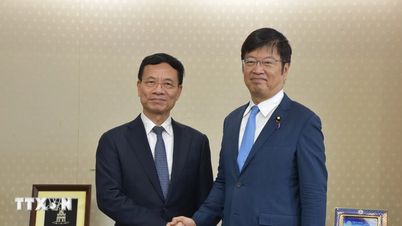






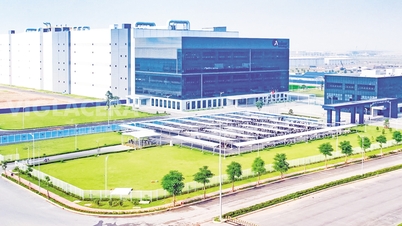





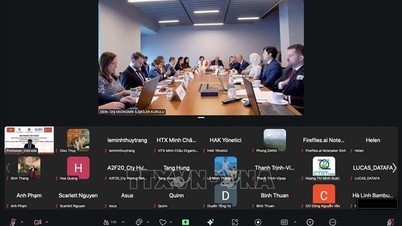







































![[VIDEO] Summary of Petrovietnam's 50th Anniversary Ceremony](https://vphoto.vietnam.vn/thumb/402x226/vietnam/resource/IMAGE/2025/10/4/abe133bdb8114793a16d4fe3e5bd0f12)

![[VIDEO] GENERAL SECRETARY TO LAM AWARDS PETROVIETNAM 8 GOLDEN WORDS: "PIONEER - EXCELLENT - SUSTAINABLE - GLOBAL"](https://vphoto.vietnam.vn/thumb/402x226/vietnam/resource/IMAGE/2025/7/23/c2fdb48863e846cfa9fb8e6ea9cf44e7)























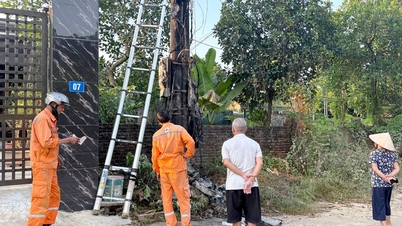














Comment (0)